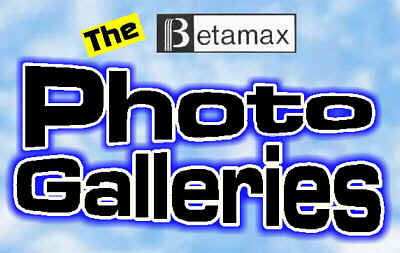

| These
are the best of the best -- each of these Betas broke new ground in features, quality, or
both...and they are the hardest to find!
People who know what they are either hang on to them or sell them for top dollar.
The newest trend is to put them up on one of the Internet auction sites
and get (sometimes inflated) big bucks for them! (Some of these photos are quite large, so please allow time for them to load!) |


|
|
The 15th Anniversary Betamax, the
legendary SL-HF2100 (1991)....the last full-featured Beta released in the States. Had a huge
touchpad for machine operations, B-I-Super High Band record mode, digital
signal processing, and a weird touch-screen remote! This puppy can command
$1500 or more on eBay!!
|
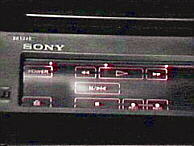
|
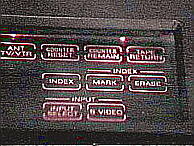
|
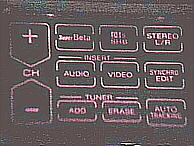
|
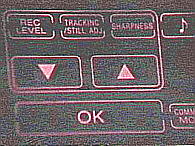
|
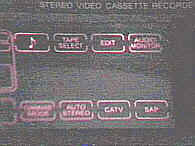 |
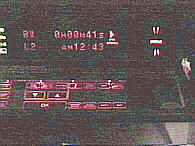 |
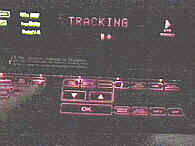 |
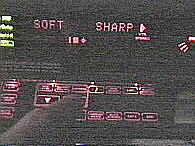 |
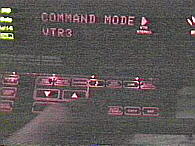 |
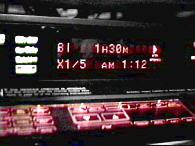 |
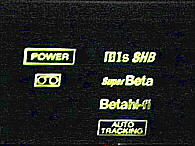 |
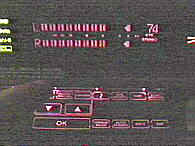 |
|
|

Rear of the unit
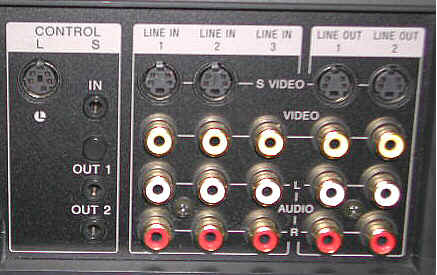
Close-up of the inputs and outputs. NOTICE
THE S-VIDEO JACKS....ONLY consumer Beta to have them!!!
|
|
![]()
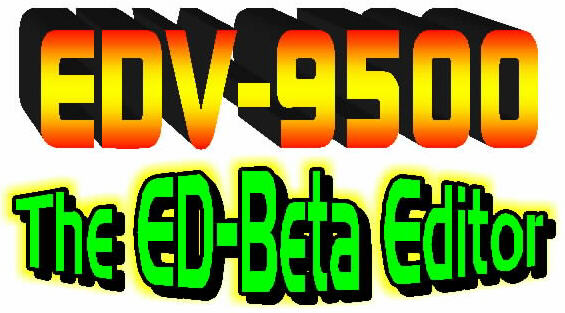
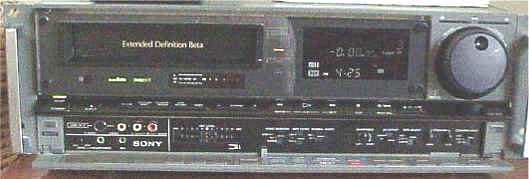
The EDV-9500, showing large bottom flap
closed.

Same unit, showing flap opened.
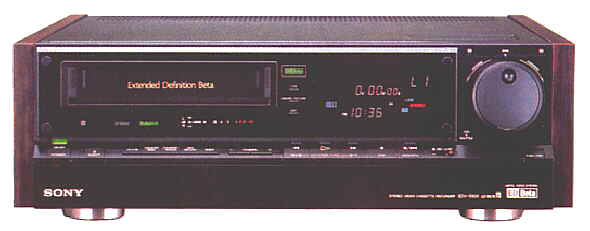
The Canadian version, known as the
EDV-9300. Instead of metal rack mounts, it had wooden sides.
|
The
great EDV-9500 ED Editor (1988). $3300 new! The ED-Betas required special
"ED Beta" metal tape that yielded 500 lines of horizontal resolution -- blowing away
the competing Super VHS system by 100 lines! The EDV-9500, like the SL-HF1000
below, offered true insert video editing using flying erase heads, and had a
very similar design and layout.
|


The Metal ED-Beta Tapes
To achieve the 500-line resolution on these
machines, they required special Metal ED-Beta tapes (which cost a
fortune!) Here is a pic of the common ED-L500. The L-750 version was
available only in Japan. The industrial BetaCam SP (metal oxide) tapes
also work in the ED machines, and are readily available in 20 and 30 minute
lengths, which equal L500s and L750s respectively.
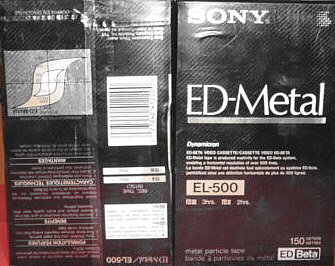
![]()


The SL-HF1000 with door and drawer closed

The SL-HF1000 with door and drawer opened
|
|

Showing the
controls that are buried behind the front flip-down door.
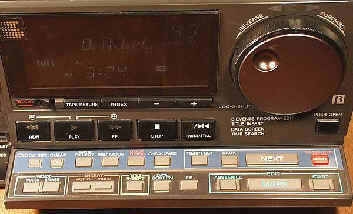 |
Showing the controls on the slide-out right-side drawer, for Record Mode, Editing, Input Select, Black Screen on/off, Character Generator, EE mode, Timer Setting, etc., etc., etc. |
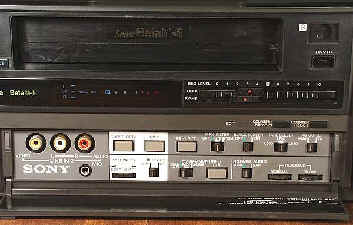 |
Another picture showing the sliders behind the drop-down drawer on the left side of the machine. These are for Sharpness, SuperHighBand mode on/off, audio controls, normal and slo-mo tracking, Edit on/off, Tape Remaining settings, mic input, and Line 2 inputs. |
![]()

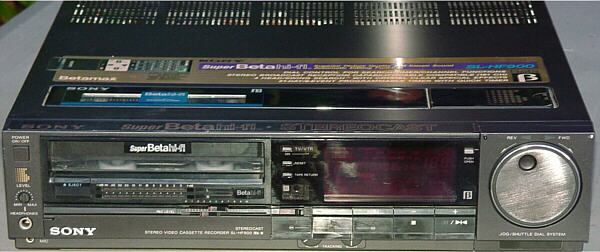
|
Also, this is the only Betamax that had TWO jog/shuttle wheels!! The Japanese version recorded and played B-Is; the American version can be modified to do the same, as well as the Pioneer clone of the SL-HF900, their VX-90 Superbeta. Decal on the top of the machine:
|
|
|
Showing the settings and controls below that flip-down door. |
| A
shot showing inside the right-hand drop-down door, exposing a duplicate
jog/shuttle wheel, used for changing channel/timer settings/jog-shuttle
playback speeds. Also inside this panel were the timer-setting controls,
insert editing buttons, clock setting button, and others.
|
|
| Same shot, with the drop-down door shut. |
|
|
THE
JAPANESE SL-HF900 |
|
|
|
|
|
|
![]()

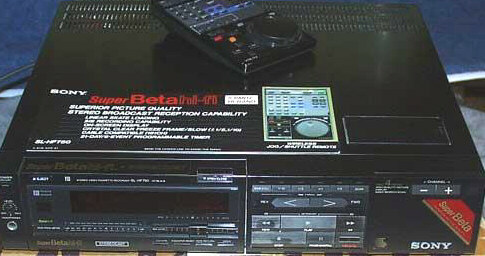
|
|
|
Showing
the SL-HF750's cassette compartment fully ejected...the ONLY Beta to have this
feature!! Note that the machine is playing a tape!! Next pix shows
the right-hand drop-down door open. And here is a
shot of the left side of
the unit:
Here is a pic of the SL-HF750, with all original stickers intact, the remote on top, and the original box.
|
|
Note the differences between our American SL-HF750 and the U.K.'s PAL counterpart, the SL-HF950.
|
|
|
|
LISTINGS
PAGES: SONY
LIST | ZENITH
LIST | NEC
LIST | TOSHIBA
LIST | SEARS
LIST |
|
PHOTO GALLERIES: SONY BETAS THRU THE YEARS | DREAM MACHINES | INDUSTRIALS INTERNATIONAL BETAS | NON-SONY BETAS | BOXES & SHELLS pg I | BOXES & SHELLS pg 2 |
|
OTHER NEAT
STUFF: BETAHELP
| THE BIG LIE
| BETAMAX
TIDBITS | BETATIPS
| BETAADS |
Free counters provided by Andale.